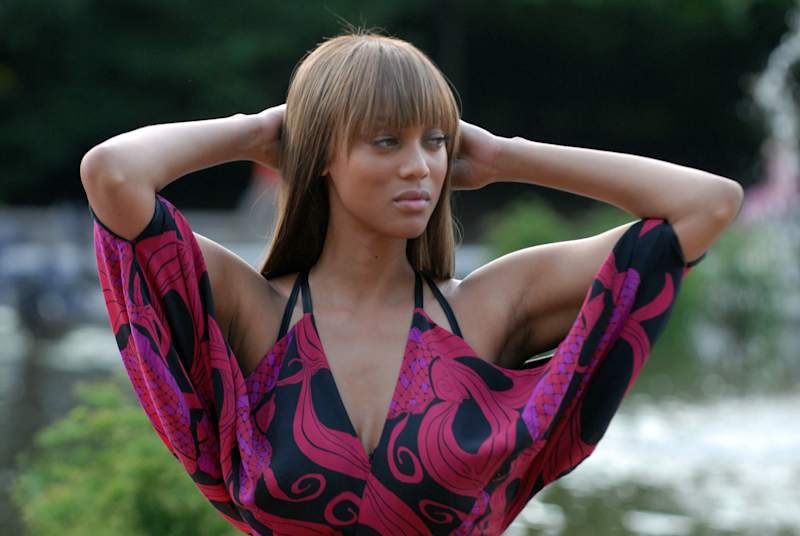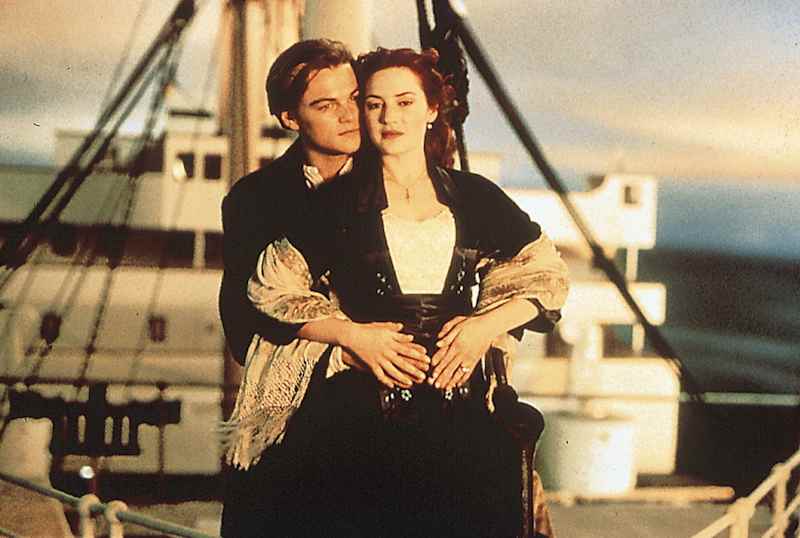This is how big Finnish women really are – fashion influencer Outi Pyy: “Women of a certain size should be ashamed of their size”
Many women believe they are the wrong size because they have been sold a completely distorted image of normal and common, says fashion influencer Outi Pyy.
The picture is based on the Finnish Textile and Fashion Association’s measurement chart. It is based on a survey conducted in 1999-2000 on the size and shape of Finnish women.
According to Pyy, the 25-year-old photo is still relevant. Women have not changed so much that the average Finnish woman’s size has swung one way or the other. One in five Finnish women is a size 40.
When the sizing chart was made, there were even more clothes sizes between the media image and reality than there are today. The vast majority of Finnish women were not, even at the turn of the millennium, the magical size zero that the fashion world had come to admire.
According to Pyy, an excellent example of the toxic body and catalog of the early 2000s is the iconic TV program America’s Next Top Model, which also made a Finnish version of the top model search. In the Yankee version, the appearance of the competitors was heavily criticized, forced to modify their appearance and were crying in the descriptions of the hope of good viewership.
-In the early 2000s, there was great entertainment to bark at people’s bodies. It was not until about ten years ago that the speeches began to take hold, says Pyy.

Public figures were openly talked about, but ordinary women and girls were also able to feel it in their skins if they did not fit the ideal.
-If I had been this size in the early 2000s, I don’t know where I would have bought my clothes. As a young person, its own place in the world is communicated in appearance. Bottom was important and the size of the body was part of it, nowadays Pyy, who represented about 50, remembers.
“I was the fat lady of the company”
At the turn of the millennium, Outi Pyy in her twenties was 40-42. He worked especially for a clothing brand for young people and felt an outsider.
It was clear to him that he did not represent the target group seeking the brand.
– Between 2000 and 2013, I experienced constant dissatisfaction. My diesel size was XL. I was the fat woman of our company.
Once, he saw how two members of the staff read a seismic interview and laughed at the woman’s woman to \”let herself rest\”.
– I walked past and I saw that woman was my size. I told them that person is the same size as me.

Plus size was and is normal
The spectrum of acceptable bodies began to diversify with Instagram in the last decade. According to Outi Pyyn, representatives of small clothing sizes, ie 32-36 in Finland, are still disproportionately visible in the media. According to Pyy, the distorted image remains because it is commercially useful.
– Women must be made to believe that they are defective in order to sell solutions for them. A person with a bad self -esteem to buy more.
This emphasized representation also creates a distorted image of normal. If a large woman shares pictures and videos from her body and speaks self -acceptance, the comment box is likely to read: *Why do you normalize obesity?
– A woman of a certain size should understand to be ashamed of her size, Pyy sums up the prevailing attitude.
It may come as a surprise to many people in Finnish women more than 50 representatives than size 32 or 34.
-It was empowering to see stomach sausages and D-cup tits for the first time. In somme, I have actively hidden images of lean people from my Fiida because nowadays the algorithm favors them and because I want to see more people looking there. It is good for self -esteem.
According to Pyy, from luxury brands throughout the clothing industry to workwear manufacturers, you should move closer to the truth faster, as it will be a sale where consumers really fit.
– The person type that is most visible and served is 10 % of the population. The brands that grow and do well serve plus sizes.
No new measurement table in the pipeline
If new standards are ever made, they will be European -wide, according to Pylkkänen. In the end, clothing manufacturers dim their clothes just as they like.
– Some size standard is good for manufacturers. Making a table has once been a big job and the new national table is not planned, says Pylkkänen.
Outi Pyy points out that the size of the clothing is ultimately invented and a contractual concept. In addition, the brand can name its size in theory how you like it: that is why you may be in one store in size S and in the other 42. XL is not a stamp on a human forehead, but a name given to the wardrobe.
– Instead of hoping for a specific size from the brands, they should start sending their dimensions to manufacturers and dealers. Only cents tell the truth, Pyy says.
